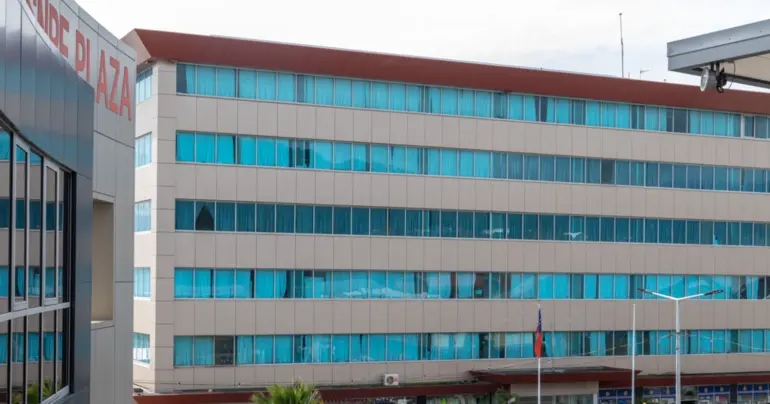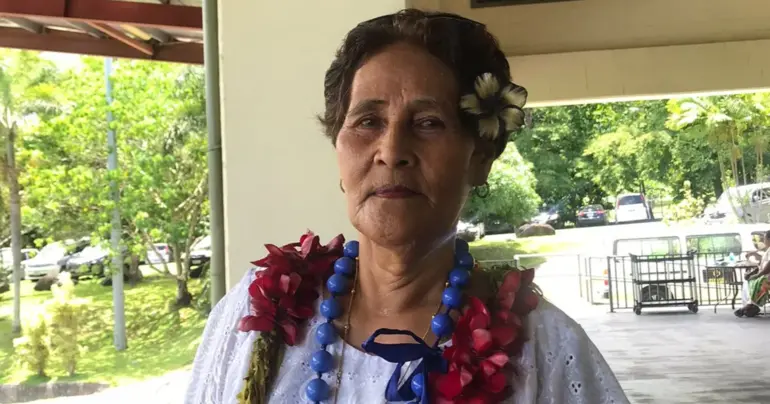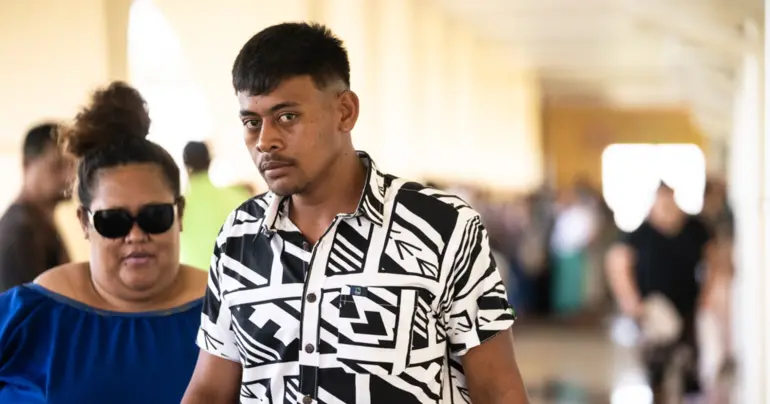Outlook predicts up to ten cyclones
 By Sapeer Mayron
•
21 October 2020, 8:30PM
By Sapeer Mayron
•
21 October 2020, 8:30PM
Samoa and the Pacific can expect between eight to ten tropical cyclones this wet season.
This is according to the MetService and National Institute of Water and Atmospheric Research (N.I.W.A.) tropical cyclone outlook.
Released on Tuesday, the outlook suggests there will be eight to ten named tropical cyclones in the Southwest Pacific basic between November and next April, which is a normal, or even lower rate for the region.
While Samoa, Tonga, and Wallis and Futuna are expected to have normal to slightly reduced activity, New Caledonia and Vanuatu may expect elevated activity or more risk of tropical cyclones.
Countries that usually experience one or more named cyclones should still expect to have that this season, N.I.W.A. says.
At least three cyclones could reach category 3, and similar conditions to previous category 5 storm seasons exist for the coming season too.
“Category 5 strength cyclones, where sustained winds exceed 199 km/h, have occurred in some years (known as ‘analogue’ seasons) with similar conditions like what exists ahead of the 2020/21 season,” the outlook states.
The main driver for the climate outlook is the El Nino Southern Oscillation conditions, which have been declared as La Nina for this upcoming season. This means that the ocean temperatures along the equator are cooler than normal, and warmer than normal seas surrounding the equatorial zone.
“That would include much of the Southwest Pacific, including Samoa,” N.I.W.A. Meteorologist, Bell Noll said.
“Historically during past La Nina events, there is more activity in the western part of the southwestern part of the Pacific and reduced activity for cyclones to the east. That is something La Nina can help us establish.”
N.I.W.A.’s cyclone data goes back to 1969, so average activity per cyclone season is based on around 50 years of data.
“We find years in the past which had climatic similarities with the present year and we create an average of those years, which we call analogues. Using those analogue years we can understand how many cyclones formed on average and also where activity across the southwest Pacific was either reduced or elevated compared to normal,” Mr. Noll said.
Of those analogue years chosen to help guide the 2020-2021 outlook, four out of five had at least three severe tropical cyclones, which is how N.I.W.A. predicts there will be at least three this season.
And with ocean temperatures across the southwestern Pacific warmer than average, fuel for tropical cyclones is plentiful.
“We need the ocean temperature to be higher than 26.5 degrees Celsius to sustain the development or growth of a tropical cyclone.
“If you have ocean temperatures at least that warm or in the case of this year, warmer than average, that would tip the odds towards more potentially strong tropical cyclones, should they develop.”
But as the effects of climate change warm the earth’s atmosphere, the last 50 years of cyclone data may have less to say about future seasons than the current state of global warming.
“As we go into the future and our oceans and air temperatures continue to warm, that means [looking at] the years in the past we are trying to look at and identify similarities with becomes harder.
“We are warmer now than we were in 1970, 1980, and 1990 so we are redefining the baseline and that can make picking out those analogue years a little bit harder.”
To combat this, meteorologists use both their traditional models and real-time atmosphere data simulations to try and predict how the cyclone season will look.
Mr. Noll said the meteorology and science community has begun talking about whether the category system for cyclones needs to be changed in the future to contend with how much more severe they have become because of climate change.
N.I.W.A. continues to study the cyclone season as it happens and if necessary will issue an updated outlook midway through the season around January.
If their outlook does not appear to differ from reality there is no need to issue an update.
Mr. Noll said in the event of an extreme weather event, Samoans should be turning to the Samoa Meteorological Service for accurate and up to date information.
Tags
 By Sapeer Mayron
•
21 October 2020, 8:30PM
By Sapeer Mayron
•
21 October 2020, 8:30PM











